Table of Contents
The rapid evolution of LED technology has revolutionized the way we display and interact with visual content. Whether you’re looking to create dynamic advertising solutions, host large-scale events, or even craft a unique interior design, LED displays offer versatility, energy efficiency, and vibrant visuals that can’t be matched by traditional display systems. From indoor LED screens to high-definition outdoor LED displays, the variety of LED options is vast, and understanding their specific applications can help you make the best choice for your project.
In this comprehensive guide, we’ll explore all types of LED displays and their uses, focusing on the distinct benefits that make each type stand out.
What is LED Technology?
Light Emitting Diode (LED) technology relies on semiconductor materials to emit light when an electric current passes through them. This innovation has brought many advantages over traditional lighting solutions, such as incandescent or fluorescent bulbs. LEDs are known for their long lifespan, energy efficiency, low heat production, and the ability to create high-definition visuals.
In recent years, LED displays have become essential in industries like advertising, entertainment, and public communication due to their impressive brightness, adaptability, and reliability.
Types of LED Displays

1. Outdoor LED Displays
Outdoor LED displays are designed to withstand harsh weather conditions while providing bright and clear visuals. They are commonly used for billboards, stadium screens, and public digital signage. With their high brightness levels, they ensure visibility even in direct sunlight.
Uses of Outdoor LED Displays:
- Advertising: Large digital billboards are effective tools for brands to capture the attention of passersby.
- Event Broadcasting: These screens are ideal for concerts, sports events, and outdoor movie screenings.
2. Indoor LED Screens
Unlike outdoor LEDs, indoor LED screens are optimized for indoor environments where lighting conditions are controlled. These displays are perfect for shopping malls, corporate offices, and conference halls. They typically have a smaller pixel pitch, which results in better image quality at close viewing distances.

Uses of Indoor LED Screens:
- Retail Displays: Showcase products in bright, eye-catching visuals.
- Corporate Presentations: Enhance communication with crisp, high-definition content.
3. LED Video Walls
LED video walls are a combination of smaller LED panels seamlessly tiled together to create one large, high-resolution display. These are common in control rooms, entertainment venues, and conference centers where large, uninterrupted visual displays are required.
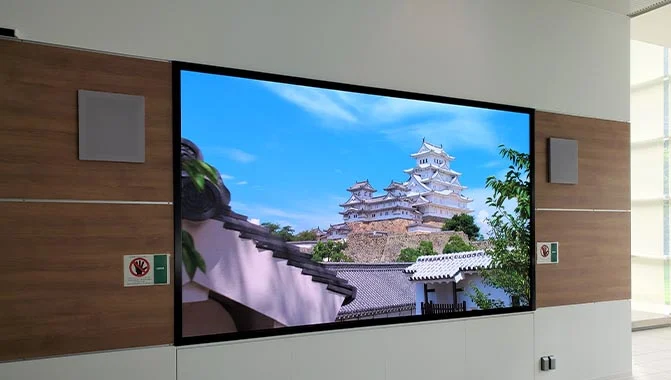
Benefits of LED Video Walls:
- Scalability: They can be expanded to virtually any size.
- High Resolution: The pixel density of these walls allows for detailed, vibrant visuals.
4. Transparent LED Displays
One of the more innovative developments in LED technology is the transparent LED display. These screens allow for visuals to be projected while still maintaining transparency. They are ideal for storefronts, museum displays, and interior design, blending functionality with aesthetics.
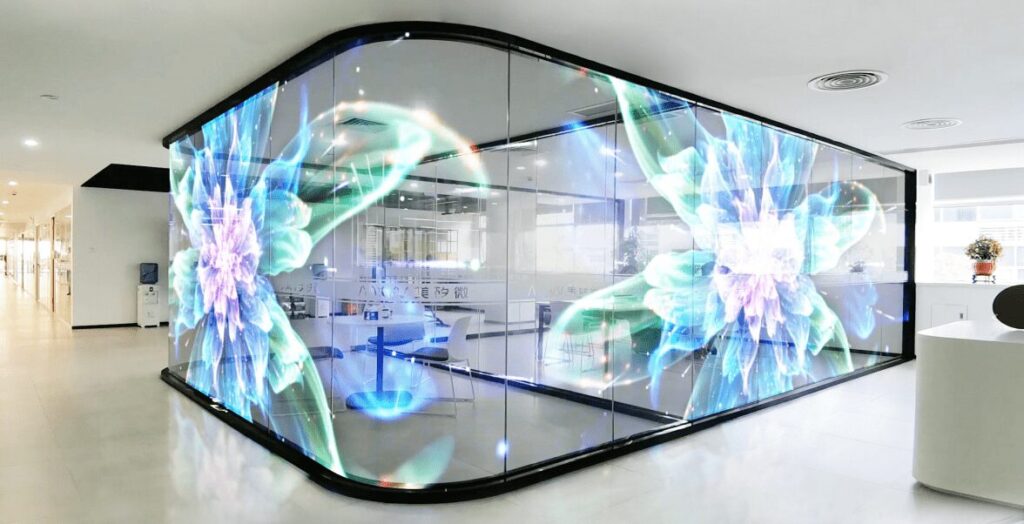
Advantages of Transparent LED Displays:
- Modern Aesthetic: Adds a futuristic look to any space.
- Advertising Potential: Perfect for displaying promotional content on glass windows without blocking the view.
5. Flexible LED Screens
Flexible LED screens can be bent, curved, or molded into various shapes, making them highly adaptable for unique display needs. They are often used for creative installations, such as 3D displays or wrapping around cylindrical surfaces.
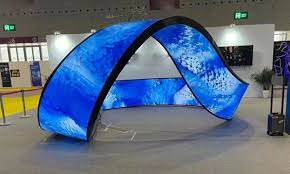
Key Applications:
- Creative Installations: Ideal for museums, art galleries, and event spaces.
- Architectural Integration: Can be seamlessly integrated into building facades.
6. Pixel Pitch in LED Displays
Pixel pitch refers to the distance between individual LEDs on a display. A smaller pixel pitch results in a higher resolution, making the image clearer and more detailed. Choosing the right pixel pitch depends on the viewing distance; a higher pixel pitch is suitable for long-distance viewing, while a lower pitch is ideal for close-range viewing.

Factors to Consider:
- Indoor vs. Outdoor: Outdoor displays often have larger pixel pitches due to longer viewing distances.
- High-Definition Needs: For applications requiring extreme clarity, such as medical or engineering presentations, a lower pixel pitch is necessary.
7. SMD LED vs. DIP LED
Surface-Mounted Diode (SMD) LEDs are more compact and offer better color uniformity, making them popular for indoor displays. On the other hand, Dual In-line Package (DIP) LEDs are larger and more rugged, suitable for outdoor displays where durability is crucial.
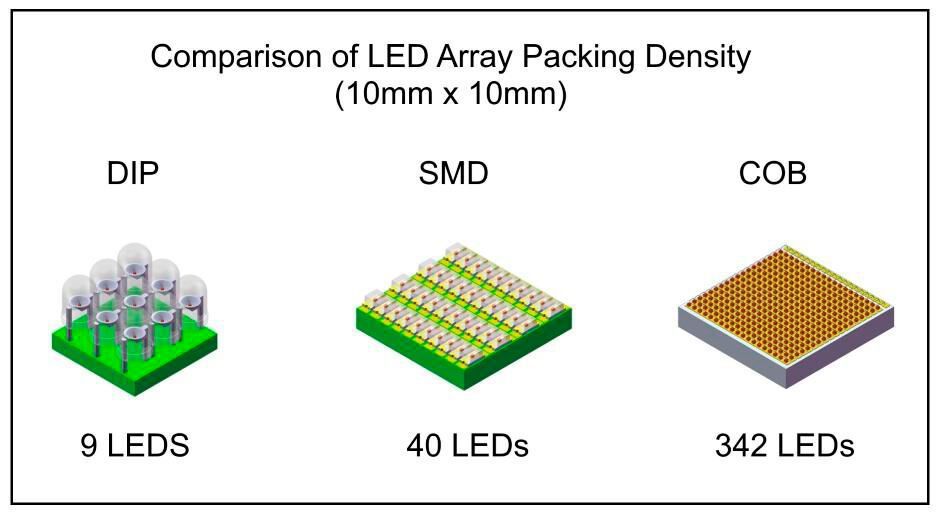
Key Differences:
- SMD LEDs: Smaller, more efficient, ideal for high-resolution displays.
- DIP LEDs: Robust and durable, best for outdoor environments.
Uses of LED Displays
8. Advertising with LED Displays
One of the most prominent uses of LED displays is in advertising. Digital billboards, shop windows, and mall kiosks are increasingly utilizing LED technology to attract customers with bright, dynamic content. Unlike traditional advertising mediums, LED displays offer real-time content updates, making them more flexible and cost-effective.
Advertising Benefits:
- Customizable Content: Easily change advertisements to match promotions or seasons.
- Interactive Options: Engage customers with interactive content.
9. LED Displays for Events
LED screens are essential for event planners, providing live broadcasting, event branding, and audience engagement. Whether it’s a concert, trade show, or corporate conference, rental LED displays can be customized to fit the venue and purpose.
Event Applications:
- Concert Backdrops: Create immersive visual experiences.
- Stage Design: Enhance stage aesthetics and audience interaction.
10. LED Signage for Businesses
LED signage is a modern solution for businesses seeking to display information clearly and attractively. From restaurant menus to hotel directories, businesses are utilizing LED technology for digital signage that is both durable and easy to update.
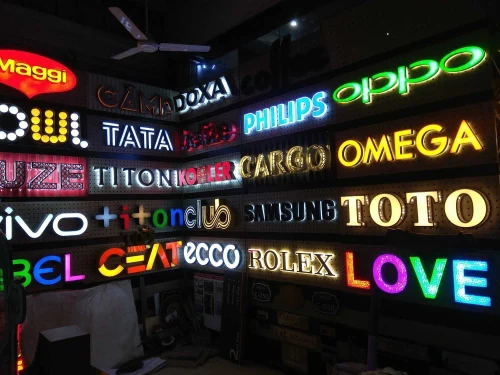
Business Uses:
- Menu Boards: Display real-time updates on food offerings.
- Wayfinding Signage: Assist customers with clear, readable directions.
Benefits of LED Technology
11. High-Definition LED Screens
One of the most celebrated features of LED technology is the ability to create high-definition displays. With precise color rendering, high brightness, and excellent contrast ratios, HD LED screens deliver unparalleled clarity. Whether used in retail, broadcast, or entertainment, these displays leave a lasting impression.
Industries Benefiting:
- Broadcast Studios: Ideal for live TV and digital content production.
- Retail: Enhance product displays with vivid, sharp images.
12. Energy-Efficient LED Displays
Another significant advantage of LED technology is its energy efficiency. LED displays consume less power compared to other display technologies, resulting in cost savings over time. This makes them environmentally friendly and economically beneficial for businesses.
Energy Efficiency Factors:
- Long Lifespan: LEDs have a significantly longer operational life compared to traditional bulbs.
- Low Power Consumption: Ideal for businesses that run displays continuously.
13. Custom LED Display Solutions
LED displays can be fully customized to meet unique requirements. Whether it’s a special pixel pitch, screen shape, or size, businesses can tailor LED solutions to specific environments, creating impactful and personalized visual experiences.
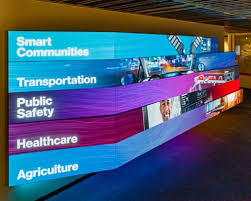
Custom Solutions for:
- Architectural Projects: Tailored screens for building integration.
- Exhibition Stands: Unique shapes and sizes for marketing events.
Conclusion
LED displays have undoubtedly transformed how we experience visual content in modern society. From advertising to event management and business signage, the versatility of LED technology continues to open new avenues for communication, entertainment, and design. Whether you’re investing in an outdoor LED billboard or exploring the possibilities of a flexible LED screen, there’s a solution available for every need. By understanding the different types of LED displays and their uses, you can make informed decisions that maximize the impact of your visual displays.
For high-quality, customizable LED display solutions, visit Zuper LED and discover how our cutting-edge technology can bring your vision to life.

